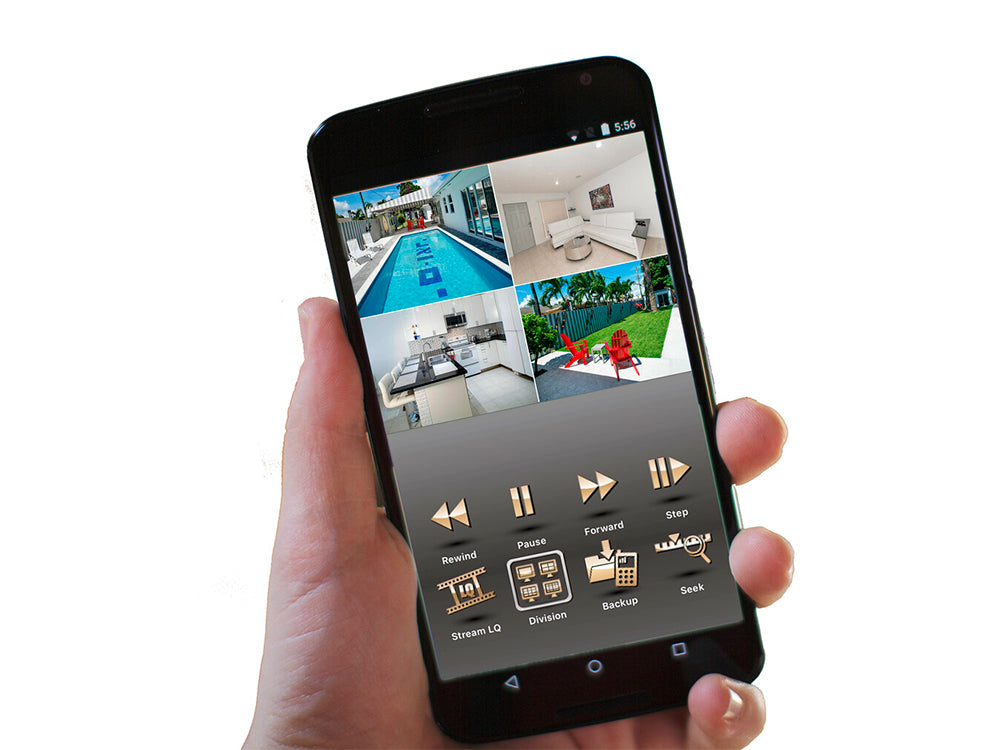CCTV camera systems can be difficult to install, so this guide will provide detailed instructions on how to properly install a CCTV camera system. Prior to installation, it is important to decide the location where you would like the cameras. It is important to pick a location central to the DVR system, since all the cameras will be wired into the DVR. Cameras can be installed both indoors and outdoors. Also, it is important to decide if an internet connection is required for installation. This will allow the user to be able to view the cameras directly on their smart phone.
Spy Spot's CCTV cameras include indoor and outdoor wired cameras that can be manually installed. The first step when installing CCTV cameras is to decide whether to use premade BNC cables or cables that you need to cut yourself. The premade video cables are the easiest to use and have two male video connectors. One end of the cable connects to the DVR, while the other end connects to the camera. If you are using the cables that need to be cut, you would just need to crimp each end.
The camera itself has two cables that are attached to the device. It has a female end as well as a male end. The female end is used for the video cable and the male end uses the power cable. The male end of the camera connects to the female end of the power connection of the BNC cable. The female end of the camera hooks into the video male end of the BNC cable.
The BNC cable should now have two loose ends. It should have both a male end for the power and a male video connector. The male video cable connects to the back of the DVR to the video input, while the male power cable connects to the power supply. Different types of power supplies can be used for connecting the cameras such as a one channel power supply, 4 channel power supply, 8 channel power supply, and a 16 channel power supply.
While DIY installation can work for simple setups, many homeowners and businesses prefer working with established security providers who offer comprehensive solutions. Professional installers provide new security system installation services you can afford, delivering expert equipment setup with proper consultation to ensure your property receives optimal coverage and protection without breaking the budget.
Each channel supports one camera so a 4 channel power supply can support up to 4 cameras. However, it is sometimes recommended to purchase individual power supplies for each camera. This results in a more reliable system with less interference and outages. CCTV cameras aren't too difficult to setup, but Spy Spot does also offer professional installation as well.





